Ningde Times' Wu Kai, BYD's Lian Yubo, and Kingfa Sci. & Tech's Huang Xianbo Elected Academicians! Innovation in Vehicles, Batteries, and New Materials Accelerates
On November 21, 2025, the Chinese Academy of Engineering announced the list of newly elected academicians, with 71 scientists elected.
In the results of this election, Zhuan Su Shijie noticed several technical leaders from well-known companies, particularly experts in the fields of new energy vehicles and advanced materials. Notable elected scientists from the industry include BYD's chief scientist Lian Yubo, CATL's chief scientist Wu Kai, and Huang Xianbo, the head of the Central Research Institute of Jinhwa Technology.Reflecting the deep integration of China's technological innovation system and industrial upgrading.。
1. The Rise of Industry Academicians
The selection of academicians for the Chinese Academy of Engineering has always been regarded as a barometer of the country's scientific and technological strategy. The results of this selection indicate that...Newly elected academicians60The proportion of those under the age of 18 reaches 67.1%.There are 8 female scientists selected, and the age structure and gender ratio continue to improve.
Notably, a group of experts from leading private technology enterprises have been elected, including technical heads from BYD, CATL, and Kingfa Sci. & Tech. This trend breaks the previous pattern where academicians were mostly concentrated in universities and state-owned research institutions.
The transformation of the selection criteria for academicians reflects the emphasis of the national science and technology evaluation system on practical application value. According to the "Implementation Measures for the Selection of Academicians of the Chinese Academy of Engineering," the standards for academicians highlight the need for "significant and creative achievements and contributions in the field of engineering science and technology," with a particular focus on addressing the main economic battlefield and major national needs.
The collective rise of corporate scientists reflects the profound transformation of China's technological innovation system. A full-chain innovation ecosystem from the laboratory to the market is taking shape, and the trend of diversification of innovation entities is becoming increasingly evident.
II. Outstanding Representatives in the Automotive, Battery, and Materials Fields
01 Founder of Complete Vehicle Technology: Lian Yubo's Path to a Strong Automobile Industry
Lian Yubo's career spans the technological evolution of the Chinese automotive industry, and his election is a recognition of the transformation of the industry from technological followership to independent innovation.
As the Chief Scientist of BYD.Lian Yubo led the team to win.2024National Science and Technology Progress Award, Second ClassLian Yubo, who graduated from Nanjing University of Aeronautics and Astronautics in the 1980s, initially participated in joint design projects at the China Automotive Technology Center in Tianjin and later led the development of models for SAIC Yizheng. After joining BYD in 2003, he established the company's vehicle technology platform system, completing his transformation from a crossover in battery technology to a pioneer in electric vehicle architecture.
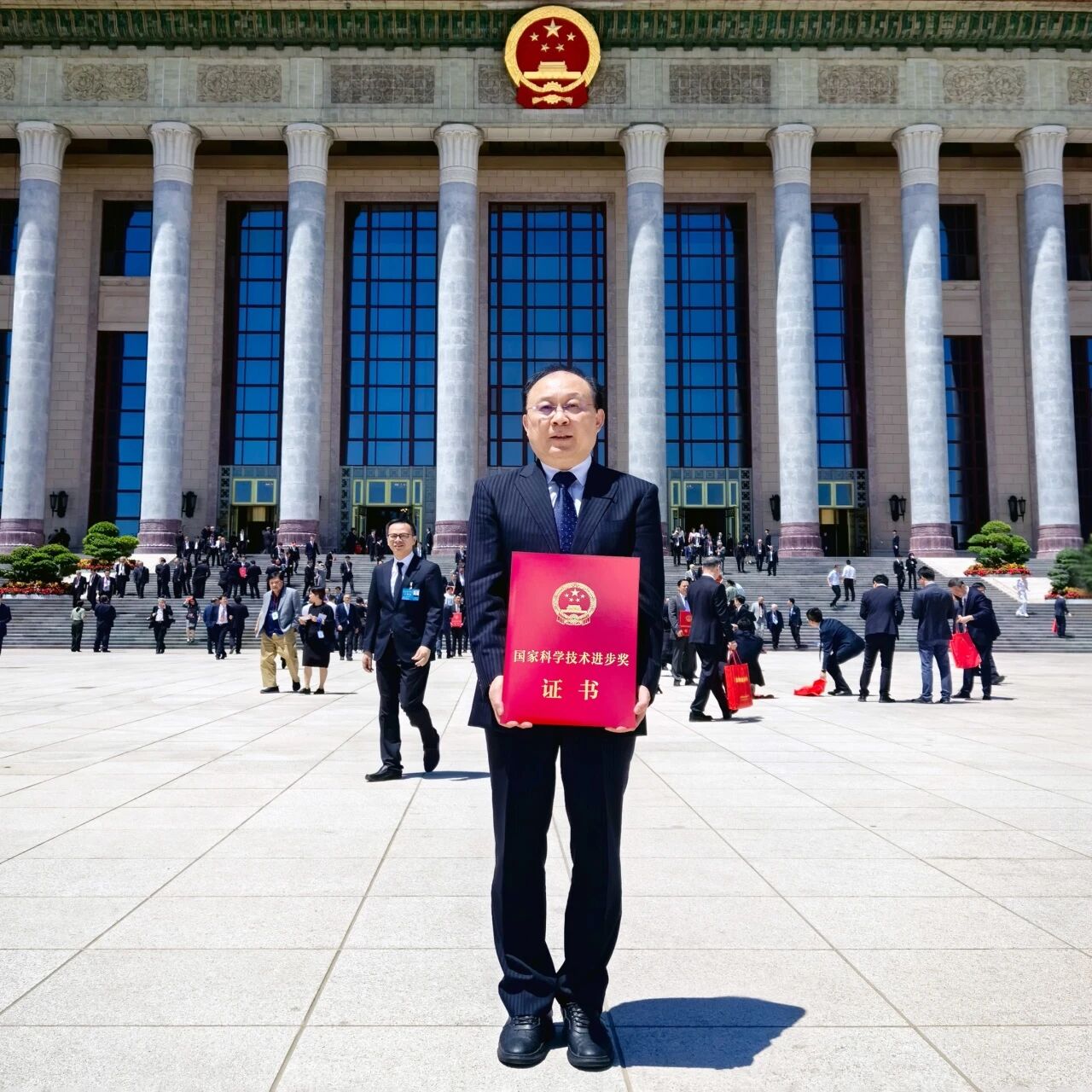
2024In [Year], the team led by Lian Yubo won the Second Prize of the National Science and Technology Progress Award; Image Source: BYD
During his more than twenty years at BYD, Lian Yubo's engineering management experience directly propelled the platform-based development of multiple generations of vehicle models. The technical system he established has supported BYD in becoming a global leader in new energy vehicle sales.
Lian Yubo's work represents the path of independent innovation in China's automotive industry.From the early stages of technology introduction and joint design to today's platform-based and original development, China's automotive industry has developed a technological path with its own distinctive characteristics.
Under the promotion of leading technical figures such as Lian Yubo, China's automotive industry is gradually achieving a historic transformation from large to strong.
02 Battery Technology Pioneer: Wu Kai's Revolution in Safety and Energy Density
Wu Kai led the CATL technical team to achieve a series of breakthroughs in the fields of lithium-ion battery safety and energy density, providing key technical support for the global electrification process.
As the Chief Scientist of CATL, Wu Kai proposed the "ubiquitous insurance" safety concept, which addresses the issue of battery internal short circuit fires through submicron metal composite polymer current collector technology.
Battery safety is a key bottleneck in the widespread adoption of electric vehicles. Wu Kai's team's technological innovation has enhanced the intrinsic safety of batteries from a fundamental material level, while also considering key indicators such as energy density and cycle life. The team's development of single-crystal nickel-cobalt-manganese ternary high specific energy power battery materials has enabled the cell's specific energy to surpass the 300Wh/kg threshold, reaching an internationally leading level.
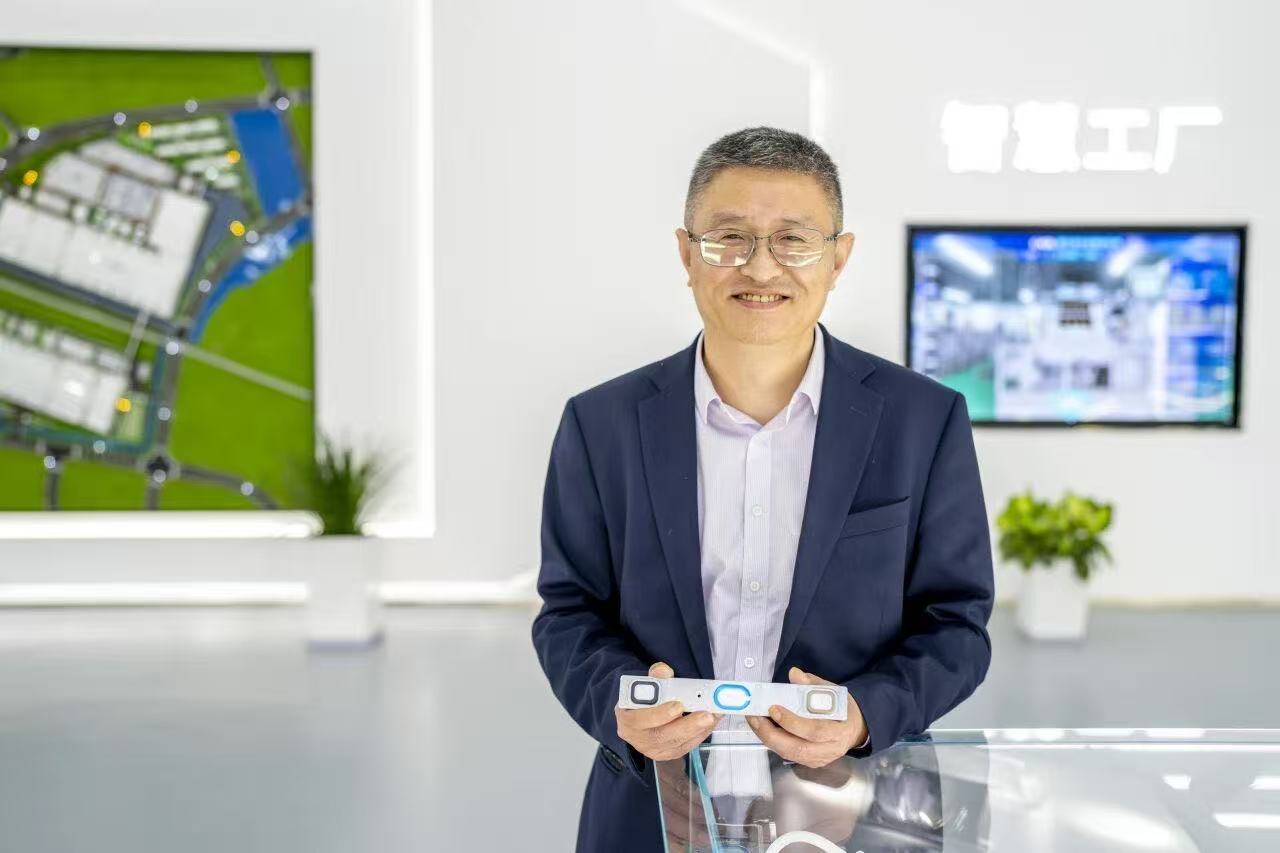
Chief Scientist of CATLWu Kai; Image source: CATL (Contemporary Amperex Technology Co., Limited)
Wu Kai's team has made breakthroughs in battery nano-micro-millimeter-meter scale cross-scale deformation high-speed manufacturing technology, establishing PPB-level large-scale manufacturing process equipment technology, achieving single-line efficiency of over 10GWh per year.
These technological innovations have supported CATL in establishing one of the only three "Lighthouse Factories" in the global lithium battery industry, redefining the intelligent standards for power battery manufacturing.
Wu Kai's work exemplifies the historic leap of Chinese companies in the global lithium battery sector from following to running alongside and then to leading. His election is a recognition of China's contributions to the global green energy technology field.
03 Innovator in the Field of Materials: Huang Xianbo's Path to Industrializing Polymer Materials
Huang Xianbo, who joined Kingfa Sci. & Tech. Co., Ltd. as a key research and development member during its startup phase, developed automotive polypropylene modified materials, flame-retardant resins, and other products that are widely used in vehicle lightweighting and safety components. With over a hundred patent applications, he demonstrates continuous innovation strength in the field of polymer material engineering.
As the Chief Technology Officer of Kingfa Sci. & Tech. Co., Ltd., Huang Xianbo also serves as the Director of the National Key Laboratory for High-Quality Utilization of Polymer Material Resources and the Director of the National Engineering Laboratory for Plastic Modification and Processing.
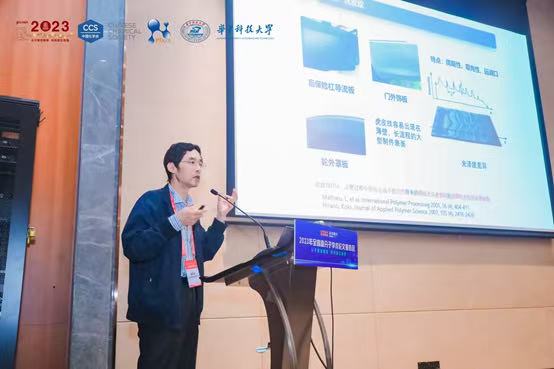
Huang Xianbo, Dean and Chief Technology Officer of the Central Research Institute of Kingfa Sci. & Tech.; Image Source: Kingfa Sci. & Tech.
He was born in March 1965 and graduated in 1997 from the Applied Chemistry program at Beijing Institute of Technology. He is a recipient of the State Council's special government allowance. Huang Xianbo is primarily engaged in the development and industrialization research of eco-friendly flame-retardant thermoplastic resins, modified polypropylene materials for automobiles, biodegradable plastics, special engineering plastics, and fiber-reinforced composite materials.
He led the design and implementation and spearheaded the construction of a production base with an annual capacity of 1.5 million tons of modified plastics, and also led the design and construction of a production base with an annual capacity of 600,000 tons of automotive materials using low-VOC product equipment. Huang Xianbo's scientific research achievements have been widely applied and recognized, having won two second prizes of the National Science and Technology Progress Award and three China Patent Excellence Awards. In 2016, he received the Second Outstanding Engineer Award, and in 2018, he was awarded the National May 1st Labor Medal.
His work demonstrates the deep integration of new material technologies with the upgrading of traditional industries, providing a material foundation for automotive lightweighting and energy conservation and emission reduction.
3. Talent Strategy and Industry Future: The New Mission of the Academician System
The results of this year's academician selection reveal the deep integration trend of technological innovation and industrial upgrading. The simultaneous election of three scientists from the new energy vehicle industry chain is not a coincidence, but an inevitable result of the transformation and upgrading of China's manufacturing industry.
From a global perspective, the essence of technological competition is talent competition. Academicians, as the highest academic title in a country, have selection criteria that reflect the strategic direction of a nation's technological development. The trend of the Chinese Academy of Engineering's selection process tilting towards the front lines of industry aligns with the global pattern of technological innovation.
Currently, the global technological revolution and industrial transformation are accelerating, and the cultivation of new productive forces urgently requires closer integration between technology and industry. The academician system, as an important component of China's scientific talent evaluation system, is playing an increasingly significant leading role. Against the backdrop of accelerated integration in the new energy vehicle industrial chain, the cross-field collaboration of academician teams is expected to enhance the coupling efficiency of key technological segments. From materials to batteries to complete vehicles, a closed loop of technological innovation is taking shape. In the future, the high-quality development of China's manufacturing industry will require deeper integration of production, academia, and research. Academicians and their teams will play a crucial role, becoming a bridge connecting knowledge innovation with technological application.
Appendix: List of Additional Academicians of the Chinese Academy of Engineering for 2025 (excluding foreign academicians)

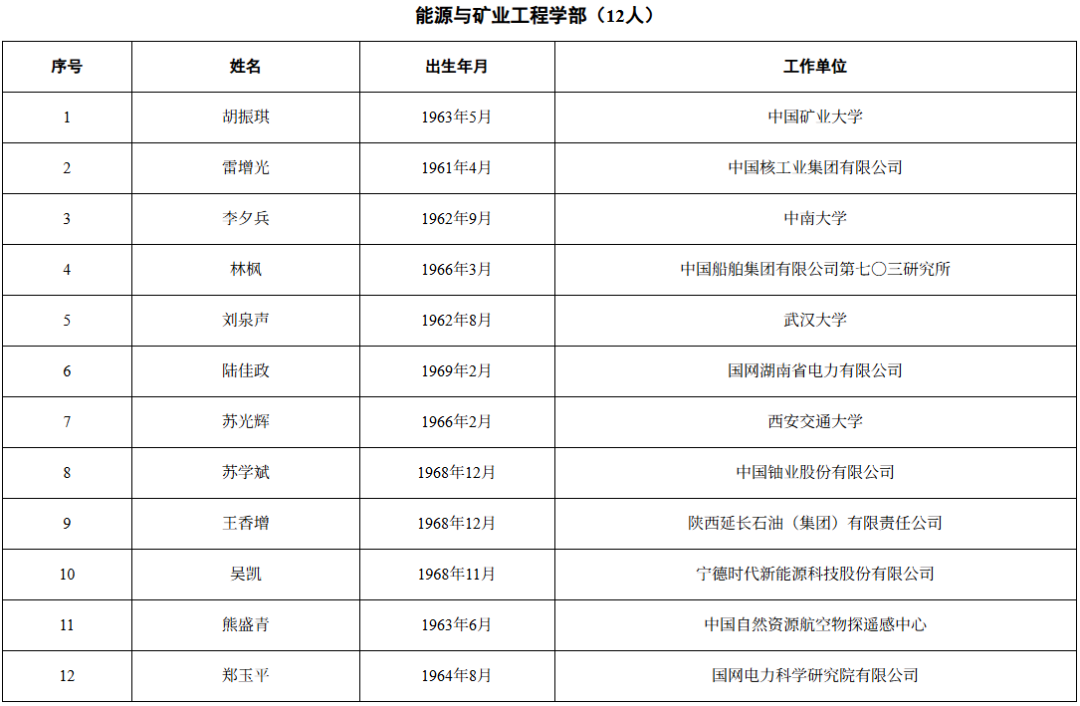
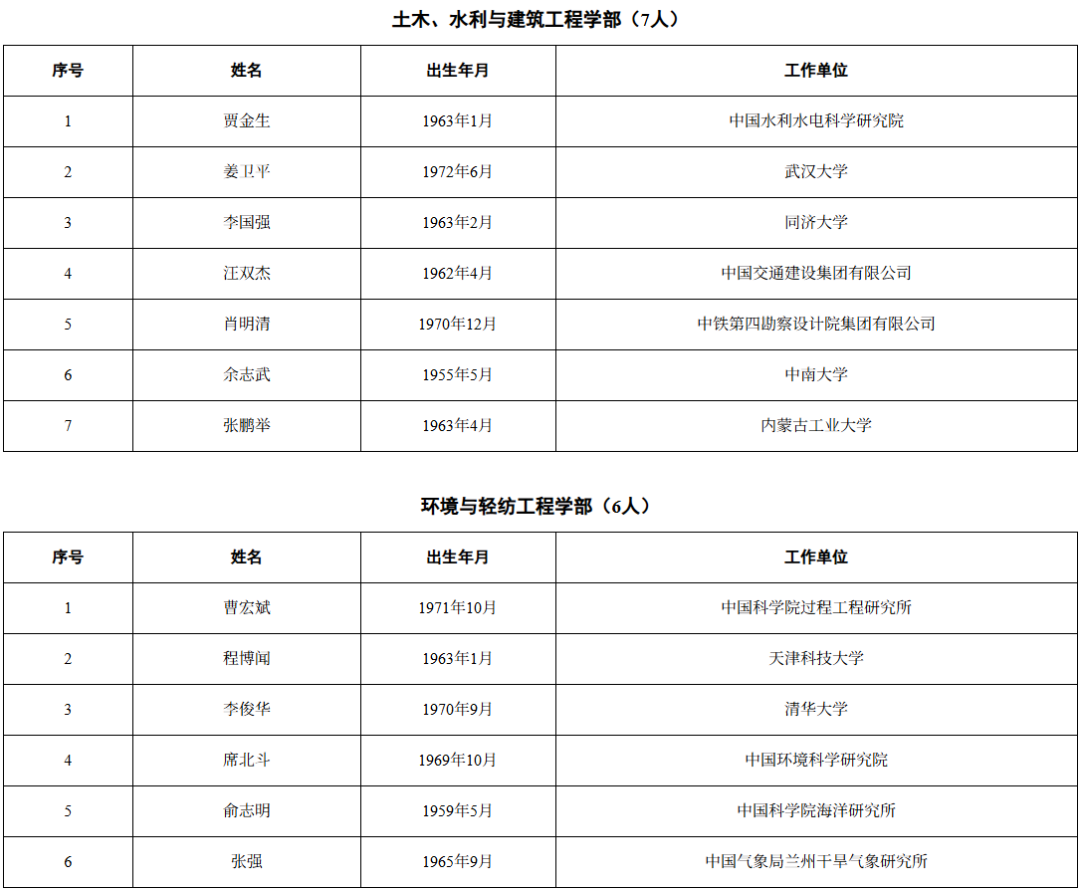
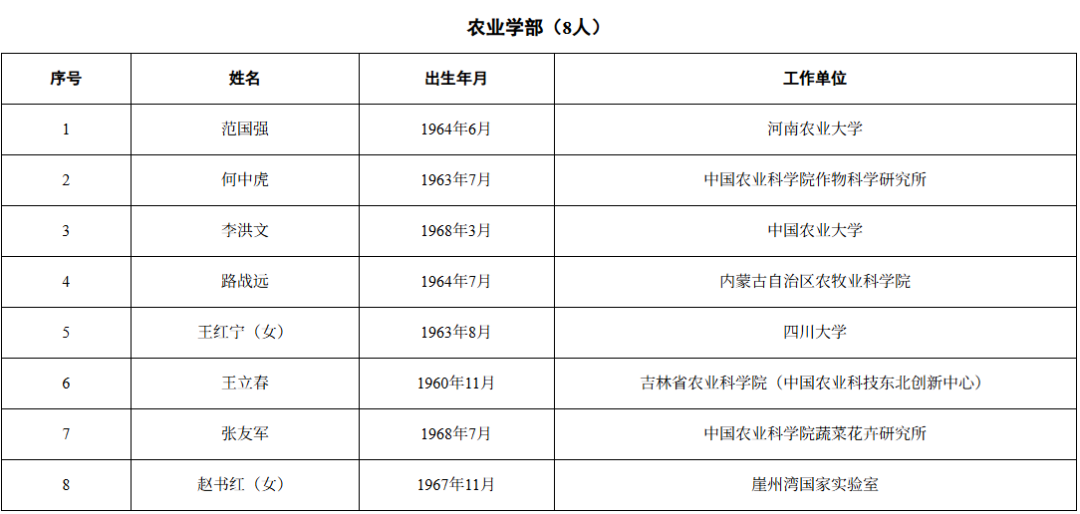

Edited by: Lily
【Copyright and Disclaimer】This article is the property of PlastMatch. For business cooperation, media interviews, article reprints, or suggestions, please call the PlastMatch customer service hotline at +86-18030158354 or via email at service@zhuansushijie.com. The information and data provided by PlastMatch are for reference only and do not constitute direct advice for client decision-making. Any decisions made by clients based on such information and data, and all resulting direct or indirect losses and legal consequences, shall be borne by the clients themselves and are unrelated to PlastMatch. Unauthorized reprinting is strictly prohibited.
Most Popular
-

BASF Signs Another Giant: Covestro Already Set Up, Just Missing Wanhua Chemical?
-

DuPont plans to sell Nomex and Kevlar brands for $2 billion! Covestro Declares Force Majeure on TDI / oTDA-based / Polyether Polyol; GAC Group Enters UK Market
-

Ministry Of Commerce Releases Implementation Opinions On Green Trade, Focusing On Import And Export Of Biodegradable Materials And Other Products
-

List Released! Mexico Announces 50% Tariff On 1,371 China Product Categories
-

ExxonMobil Plans to Close UK Ethylene Plant; GPI's Revenue & Profit Both Decline! Haitian's Serbia Base Enters Mass Production






